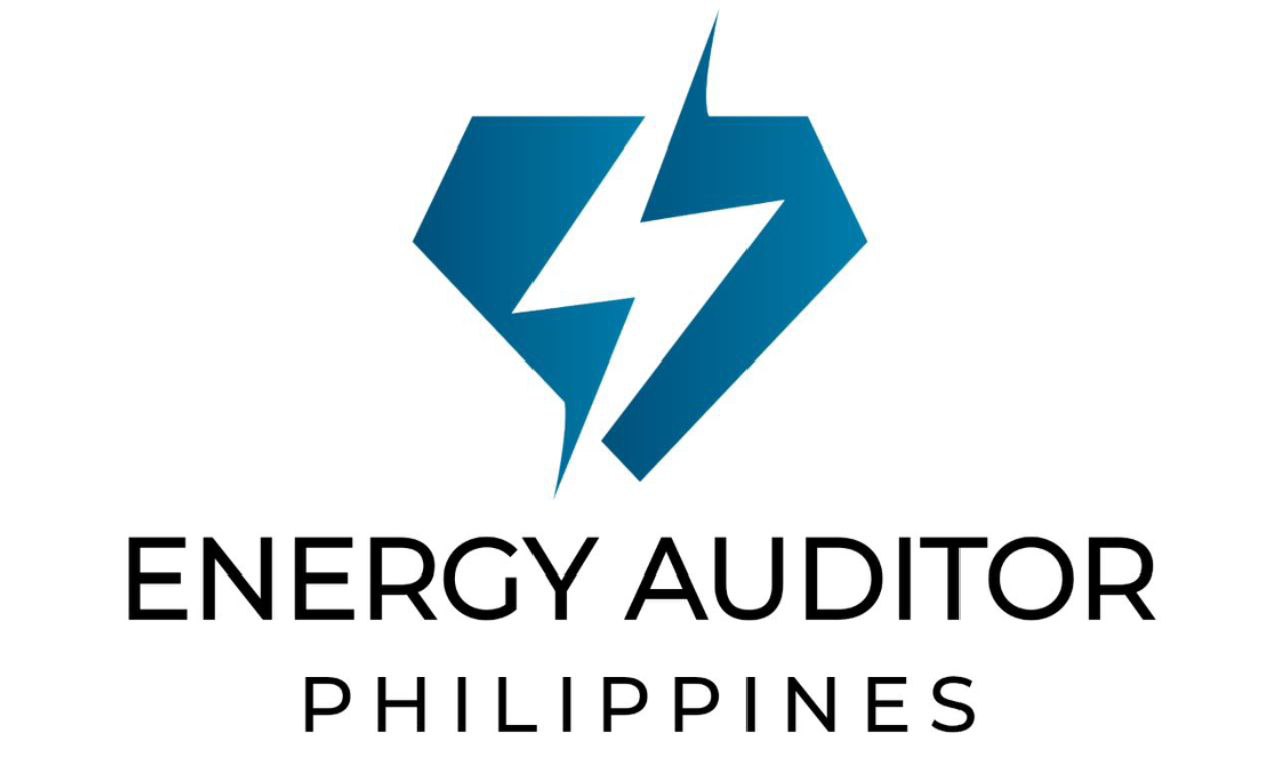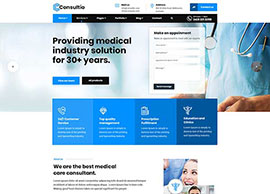The transportation sector is one of the largest consumers of energy, primarily relying on fossil fuels that contribute to environmental degradation and climate change. In response, the Philippines has introduced progressive legislation, including the Energy Efficiency and Conservation Act (RA11285) and the Electric Vehicle Industry Development Act (EVIDA), to promote sustainable practices and transform the sector.
This article explores how electric vehicles (EVs), supported by EVIDA, play a pivotal role in enhancing energy efficiency and unlocking opportunities for businesses in the transport sector.
What Is the Electric Vehicle Industry Development Act (EVIDA)?
The Electric Vehicle Industry Development Act (RA11697), also known as EVIDA, is a complementary law to RA11285. It aims to:
- Promote the adoption of EVs: Reduce reliance on imported fossil fuels by increasing the use of electric-powered vehicles.
- Develop EV infrastructure: Establish a nationwide network of charging stations.
- Support local EV manufacturing: Foster innovation and create jobs in the EV sector.
EVIDA aligns with the goals of RA11285 by addressing energy efficiency in the transport sector, one of the most energy-intensive industries.
How EVs Support Energy Efficiency
- Reduced Energy Consumption
EVs are significantly more energy-efficient than internal combustion engine (ICE) vehicles. They convert a higher percentage of energy from the power source into vehicle movement, minimizing energy waste. - Lower Carbon Emissions
Transitioning to EVs decreases greenhouse gas emissions, particularly when paired with renewable energy sources for charging. - Fuel Economy Performance Rating (FEPR)
RA11285 incorporates metrics like FEPR to evaluate vehicle energy efficiency. EVs typically outperform ICE vehicles in terms of mileage and energy use per kilometer traveled. - Energy Recovery Systems
Many EVs utilize regenerative braking systems to recover energy that would otherwise be lost, further enhancing efficiency.
Opportunities for the Transport Sector
- Compliance with RA11285 and EVIDA
- Fleet Electrification: Businesses can comply with energy efficiency mandates by transitioning their fleets to EVs.
- Enhanced Monitoring: RA11285 requires DEs to report vehicle energy consumption, and EVs offer integrated systems for accurate data tracking.
- Cost Savings
- Lower Operating Costs: EVs reduce fuel and maintenance expenses compared to ICE vehicles.
- Tax Incentives: EVIDA offers tax breaks and incentives for EV adoption and infrastructure development.
- Infrastructure Development
- Charging Stations: Businesses can invest in EV charging stations, creating new revenue streams while supporting EV adoption.
- Government Support: EVIDA encourages public-private partnerships for expanding EV infrastructure.
- Sustainability Leadership
Adopting EVs positions companies as pioneers in sustainability, enhancing brand reputation and aligning with global environmental goals. - Job Creation and Economic Growth
The growth of the EV industry stimulates local manufacturing, creating jobs and boosting the economy.
Challenges and Solutions
- High Initial Costs
- Solution: Leverage government subsidies and financing programs for EV purchases and infrastructure investments.
- Limited Charging Infrastructure
- Solution: Partner with local governments and private entities to develop charging networks.
- Range Anxiety
- Solution: Encourage the adoption of long-range EV models and ensure strategic placement of charging stations.
- Skill Gaps
- Solution: Invest in training programs to equip workers with the skills needed for EV maintenance and manufacturing.
Steps to Transition to EVs
- Conduct an Energy Audit
Evaluate your current vehicle fleet’s energy consumption and emissions to identify opportunities for improvement. - Develop an EV Adoption Plan
- Assess the feasibility of transitioning to EVs, including costs, savings, and infrastructure requirements.
- Set clear goals for fleet electrification.
- Engage Stakeholders
- Collaborate with energy practitioners, government agencies, and EV manufacturers to ensure a smooth transition.
- Educate employees on the benefits of EV adoption.
- Leverage Incentives
Take advantage of tax breaks, grants, and other incentives under EVIDA and RA11285 to offset initial costs. - Invest in Charging Infrastructure
Develop on-site charging stations to support your fleet and attract EV users to your business premises.
Real-World Examples: EV Success Stories
- Fleet Electrification in Logistics
A logistics company replaced 30% of its delivery fleet with EVs, achieving a 40% reduction in fuel costs and meeting RA11285 compliance requirements. - Public Transport Transformation
A city introduced electric buses as part of its public transport system, reducing emissions by 50% and lowering operating costs. - Corporate Sustainability Initiatives
A multinational corporation installed EV charging stations at its headquarters, encouraging employees to transition to EVs and enhancing its sustainability credentials.
The integration of electric vehicles into the transport sector is not just an environmental imperative—it’s a strategic opportunity. Supported by RA11285 and EVIDA, businesses can achieve energy efficiency, reduce costs, and gain a competitive edge. Whether you’re a logistics provider, a public transport operator, or a private corporation, embracing EVs is a forward-looking decision that benefits your bottom line and the planet.
Is your business ready to join the EV revolution? Start by exploring your options, leveraging available incentives, and taking the first step toward a more energy-efficient future.








































